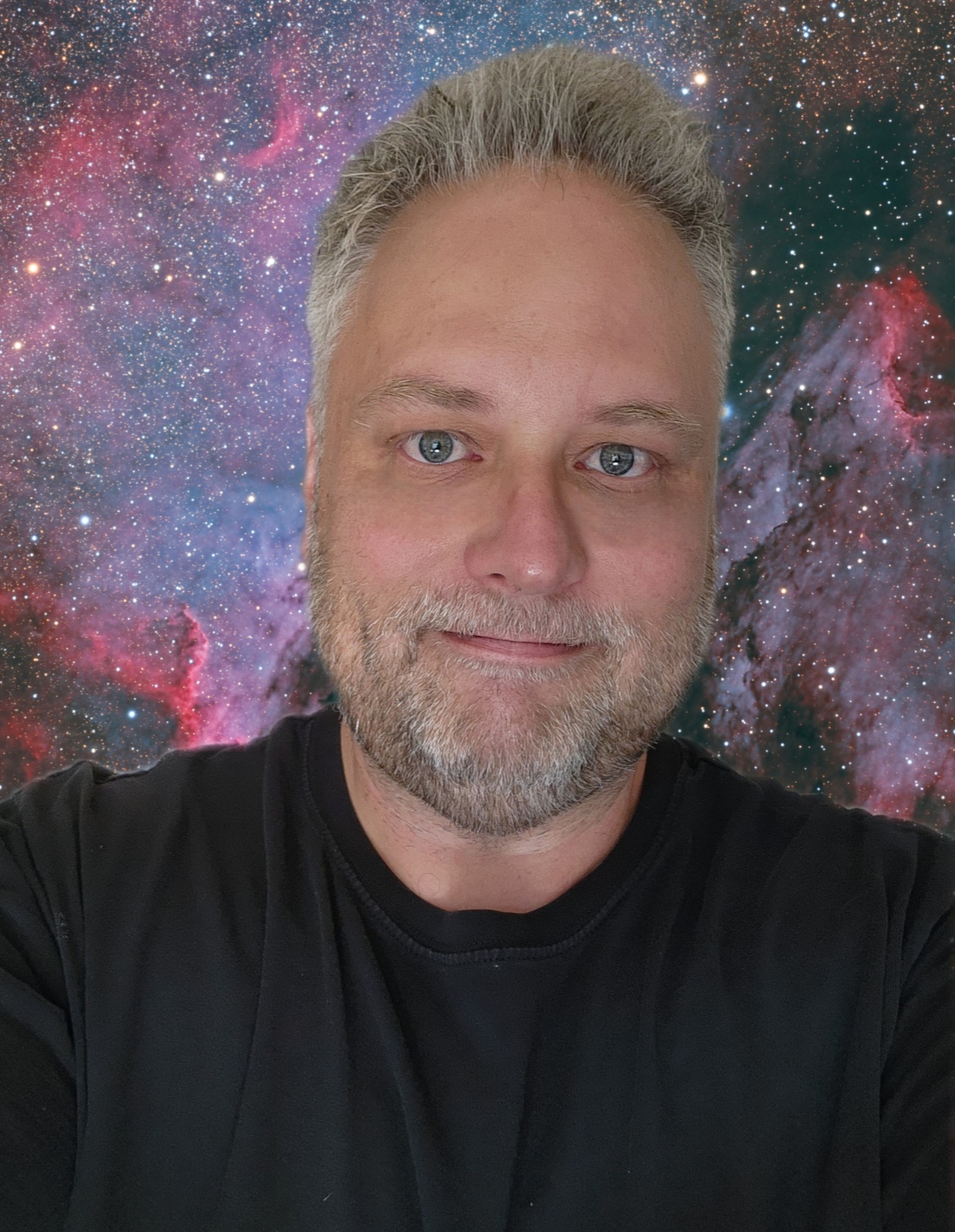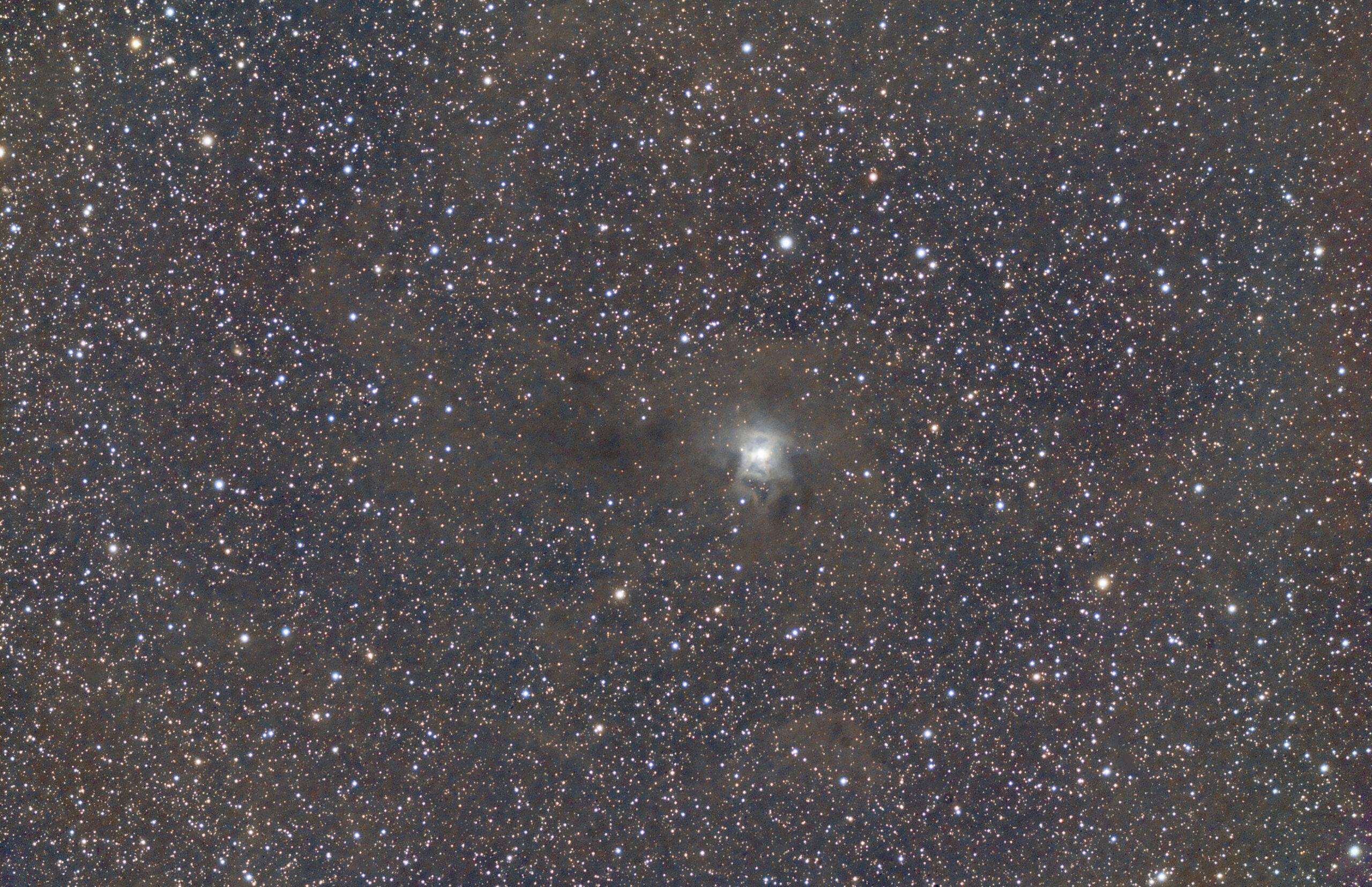No products in the cart.
An experiment involving 3 hours of data on the same deep sky object to compare city vs rural astro imaging.
One of the draw backs of living in a mid-sized city is the light pollution. Everyone has their porch lights on even though they are inside asleep, and poorly designed street lights create glare and light trespass onto private properties.
So it’s usually the case when wanting to colour image some deep sky objects on a clear night that I need to load all of my equipment into the vehicle and set off on a 50min drive outside of the city. Then unload everything and set it up. After a long night in a dark remote location photographing the night sky, I have to disassemble everything (again) and load it back into the vehicle (again) and drive another 50min back home. Exhausting to say the least.
This led me to investigate the differences between colour data acquired in the city and from a rural dark site, of the same object. Was it possible to achieve good colour image results from inside the city?
As it turns out the results were interesting.The dark site image data was better but the data acquired from within the city (two street lights opposite side of road) was still worthwhile. Both images were taken with a William Optics Zenithstar 71mm APO refractor with a QHY8 6mp cooled CCD. 3 hours of total data for each was acquired. Processing was done in Pixinsight.
The conclusion: While there is no substitute for a dark sky there may be times for whatever reasons you’re not able to make the trip and remain out the entire night until dawn. Or perhaps you have a permanent observatory which you enjoy using but it just happens to be in your backyard within the city with ever increasing light pollution. Should this stop you? Should you only image from dark sites? Should you let that nice clear night slip by because you can’t make it out to the dark site, having to be up earlier the next morning for work? Absolutely not.
Here’ some tips which worked for me:
- Don’t exceed your skyfog limit per exposure. Typically for me imaging within the city that’s usually 5-minute exposure max depending on conditions; transparency, humidity, light pollution levels. It’s really a matter of experimenting to see what results are best for your location and conditions.
- Use a Light Pollution Suppression filter (LPS) aka light pollution filter. This is most advantagous when using OSC (One shot colour) cameras to image. It will help improve the image. Like me you probably have street lights and porch lights to contend with. A filter like this will help for the city imaging. It should be noted though I did not use a light pollution filter for this test.
- Monochrome cameras requiring separate images to be taken through red, green and blue filters can be beneficial in reducing the impact of light pollution without requiring a LPS filter.
- Dark and flat frames are going to be very important especially for the data taken within the city. Reducing noise and creating uniform field across the image will help bring out more details.
- Choose an object to image that is high in the sky, not lower towards the horizon. Objects that are nearing over head (zenith) will not be affected as much by the light pollution. There’s less atmosphere for the light to travel through.
Update: another interesting aspect of city astrophotography that is emerging is with cmos sensor cameras such as the ASI1600MM-C. We are seeing imagers taking short exposures and lots of them (hundreds and even thousands) using high gain settings, which are producing stunning images. A short exposure less than 90 secs (in some cases as little as 1sec x 2000 frames!) are less affected by poor tracking, guiding issues, poor atmospheric seeing and even light pollution/sky fog limits. I did some testing on this using short exposure through a luminance filter with the ASI1600MM-C and details are in this post.

My story began more than 40 years ago looking up at the Moon with a small telescope my Father had. Encouraged by my parents, who bought me my very own telescope, a 4.5″ reflector, I began to explore the night sky from my family home backyard. Today I do astrophotography from my home in Kitchener, Ontario and also with remote telescopes located in New Mexico and Australia. Some of my images have won awards and have been featured online and in magazines.




Leave a comment...